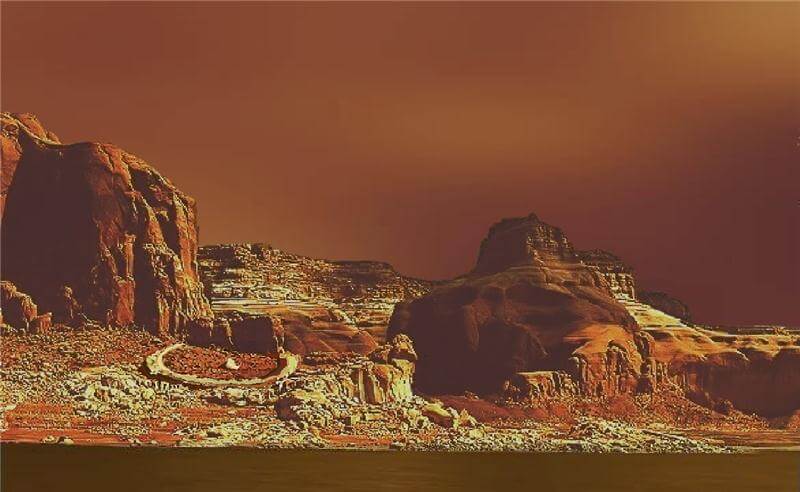Detailed observations of Saturn's moon - Titan, for 30 years, make it possible to identify the change of seasons during Titan's complete orbit of the Sun together with Saturn

Detailed observations of Saturn's moon - Titan, for 30 years, make it possible to identify the change of seasons during Titan's complete orbit of the Sun together with Saturn
Dr. Athena Kostanis from the Paris-Maudon Observatory in France analyzed data collected over time and discovered that the change of seasons on Titan is much more evident than previously thought. Dr. Kostanis presented her findings at the European Planetary Congress held in Madrid this weekend.
Dr. Kostanis explains: "Like on Earth, the conditions on Titan change with the seasons. We see differences in atmospheric temperatures, chemical composition and flow patterns, particularly at the poles.
For example, hydrocarbon lakes form near the Arctic region in winter, due to the low temperatures and condensation. Also, the haze layer surrounding Titan is smaller at the north pole during the equinoxes due to atmospheric rotation patterns. This is surprising because we have not observed such rapid changes, especially not in the deep layers of the atmosphere.
The main reason for the cycle is the sun's radiation. It is the prominent energy source of Titan's atmosphere. This radiation breaks the hydrogen and methane bonds, creates more complex molecules such as ethane, and acts as a driving force for chemical changes. Titan is inclined at 27 degrees similar to the Earth, and this means the creation of seasons - the sunlight reaches different areas with different intensities during one lap due to the inclination in both worlds. says Dr. Kostanis. "It's amazing to think that the sun still has more influence than other energy sources even in a distant place like Titan - 1.5 billion kilometers from us.
To reach these conclusions, the scientists analyzed the data transmitted from several missions, including Voyager 1 (1980), the Infrared Space Observatory (1997), and Cassini, which has been orbiting Saturn since 2004, as well as supplementing data from ground observations. Each season on Titan lasts about 7.5 years, with Saturn orbiting the Sun for 29.5 years, so data could be collected from an entire Titan year, and from all seasons.
Dr. Kostanis explains why it is important to study this distant moon: "Titan is the best opportunity we have to study conditions similar to those on Earth in terms of climate, meteorology and astrobiology and at the same time, it is a unique world in itself, a paradise for the study of geological, atmospheric and internal processes .
to the notice of the researchers

7 תגובות
My father, I came across an interesting article:
http://www.nrg.co.il/online/1/ART2/401/711.html?hp=1&cat=351
"An international team of scientists announced a tremendous step in the study of the functioning of humans, when they managed to map 80 percent of all the operations of the human genome, including how the mother and father are genetically active in each of their children."
Well, really how many conclusions do they draw from what?, a picture illustrated by the hand of the good spirit about them and the artist.
Not even sure if there is a die there.
Kudos to NASA!
Beautiful paintings
Happy Holidays
Yehuda
Yehuda,
Under what looks like an artist's illustration is written: "illustration".
And in other words - how did you come to the conclusion that there is a camera on the ground (a camera on behalf of humanity at least)?
If they could stabilize the temperatures it would open a new gate
I even didn't know shabtay has a mon
Titan in Saturn
Why do I have the feeling that all the photos are artist photos. The photos received at the time were very blurry and it was difficult to distinguish them in detail
Suddenly here we get a really clear picture right from the neighbor's yard
Happy Holidays
Sabdarmish Yehuda
What a fascinating moon
There are some moons I'm just mesmerized by
Callisto
Ao
EUROPE
Ganymede